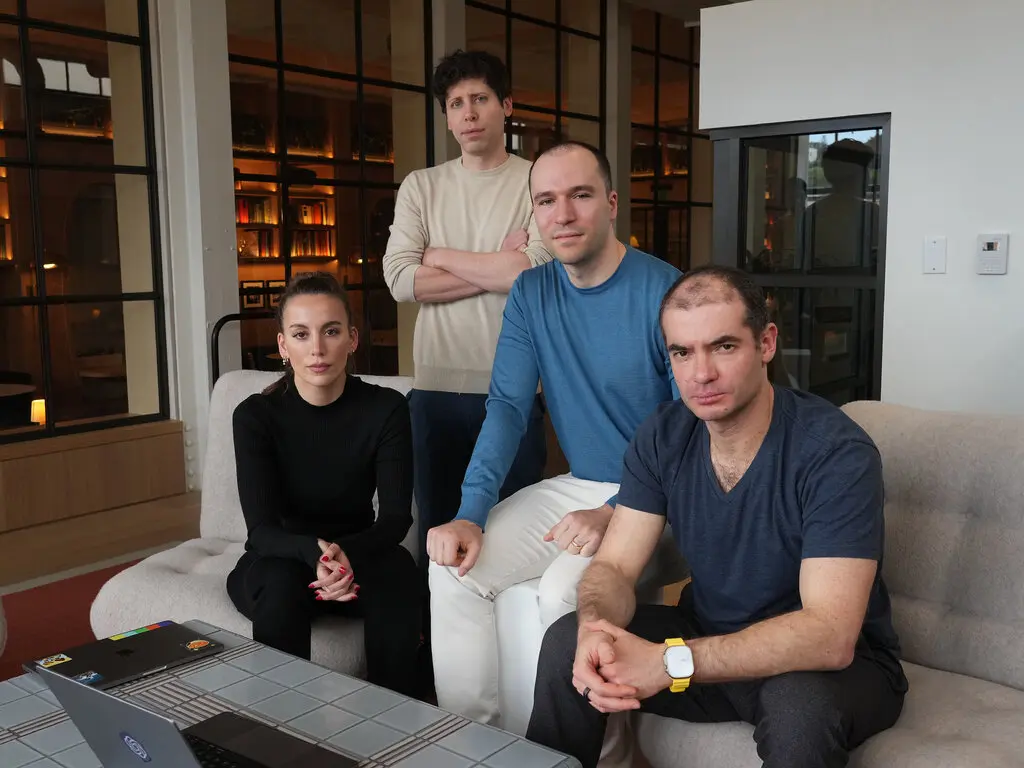
In a whirlwind of events that unfolded over six days, three CEOs, and numerous resignations, Sam Altman, the co-founder of OpenAI, found himself back in charge of the company. This report aims to provide a comprehensive timeline of the events that led to Altman’s removal and subsequent reinstatement, with a focus on uncovering the true reasons behind his ousting and the factors that led to his return. The power struggle within OpenAI has left many intrigued and questioning the motives and dynamics at play.
Timeline of Events:
Reasons for Altman’s Ousting
The exact reason for Altman’s removal from OpenAI’s leadership position remains undisclosed by the board. Their statement only mentions that the decision was necessary to preserve the board’s ability to execute their responsibilities and advance the organization’s mission. However, analysts speculate that tensions surrounding profit, progress, and safety played a significant role in the conflict.
OpenAI’s Unique Structure
OpenAI stands apart from other companies due to its unique legal structure. While it operates as a for-profit tech company, it is governed by a non-profit board. This structure was intended to ensure the development of safe and beneficial AI, free from the pressures of shareholder interests. However, as OpenAI’s investment and stake grew, conflicts arose between profit-driven goals and the non-profit board’s oversight.

Credit: Jim Wilson -The New York Times
Concerns and Tensions
OpenAI’s chief scientist Ilya Sutskever, who was also on the board, believes that AI poses a potential threat to humanity. He advocates for caution and proactive measures to ensure AI’s development aligns with human values. Other concerns centered around the commercialization of AI advances without fully understanding their consequences. These tensions came to a head during Altman’s tenure.
Internal Disputes and Unresolved Issues
Altman’s annoyance with a board member who published a research paper cautioning against OpenAI’s chatbot development highlighted internal disputes. The board member’s actions were seen as undermining the company. Furthermore, just before Altman’s firing, staff researchers reached out to the board, warning of a powerful AI discovery that could endanger humanity. These concerns, coupled with broader anxieties over the consequences of commercialization, added to the turmoil.
Altman’s Vision and Optimism
Despite the power struggle, Altman has always expressed measured optimism about AI’s potential to usher in a golden age for humanity. He envisions AI as a tool for education, healthcare, and overall progress. However, some board members feared that this extreme optimism could overshadow the potential risks AI poses.
The OpenAI power struggle resulted in Sam Altman’s removal as CEO, only to see him reinstated shortly after. The true reasons behind his ousting remain unclear, but tensions surrounding profit, progress, and safety likely played a role. With a new board and the majority of employees returning, OpenAI seems poised to continue its mission of developing safe and beneficial AI. However, the conflicts and concerns that arose during this episode highlight the challenges of balancing commercialization and responsibility in the AI industry. Further developments and revelations may shed more light on the power dynamics and decision-making within OpenAI.










